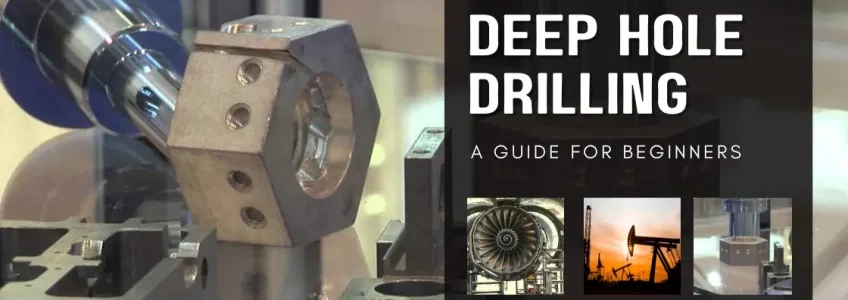As we head into 2023, here are our most popular engineering blogs of 2022, including deep hole drilling machines, the new AbramsX battle tank, night-time solar panels and fascinating off-world construction projects for the Moon and Mars!
How Hydro-Abrasive Waterjet Cutting Compares to Traditional Methods
Hydro-abrasive waterjet cutting is a precision cutting technique that uses a high-pressure stream of water mixed with an abrasive substance to cut through materials. It is a versatile process that can be used to cut a wide range of materials, including metals, composites, glass, stone, and ceramics. In this article, we explore the advantages of this advanced process and some of its applications across various sectors.
The steel industry is a significant contributor to global carbon emissions, accounting for around 7% of all emissions. As such, decarbonising steel production is crucial for achieving global climate goals and reducing the impact of human activity on the environment. There are several ways to decarbonise the steel industry, including the use of alternative raw materials, such as recycled steel and iron ore, as well as the adoption of new technologies and processes that reduce carbon emissions during the steel-making process. In this article, we explore some of the challenges, benefits and processes of decarbonising steel production.
With space exploration advancing at a rapid pace, it won’t be long before we see humanity’s first home in another world using advanced off-world construction technologies.
To further develop efforts for building on the Moon, NASA has awarded ICON, a construction technologies company based in Austin, a contract to find practical off-world construction solutions for building on the lunar surface and on Mars. The primary objective of this partnership is to build infrastructures using 3D printing technology, including landing pads, habitats, and roads.
As construction technology advances, it’s important for companies to keep up as new methods and materials are being developed to make construction faster, easier, more efficient and sustainable. With more companies transitioning to digital platforms and embracing new technologies, the future of construction is sure to be an exciting one. Here are some of the most prominent technologies to consider now and in the future.
Structural steel fabrication is the process of transforming raw steel into structures, products or components that can be used in construction or other industrial applications. Structural steel fabricators create a variety of steel beams, girders, decks and columns, among other things, that are used in a wide range of construction projects. So, if you are looking to get involved in the construction industry or just want to know more about steel beam fabrication, then this article is for you.
The tallest skyscraper in Singapore is currently the Guoco Tower, measuring 284 m or 931 ft but that could change as Skidmore, Owings & Merrill (SOM) has revealed plans for a new mixed-use building that would reach 305 m or 1,000 ft. It will be more than just a building as this proposed skyscraper is inspired by bamboo forests with ambitions for a healthier work environment using special materials while reducing its carbon footprint.
Effective structural design is challenging as the process requires an engineer to carefully consider loads, stresses, and forces at every step. They must also think about the environment in which it will be built and how it might affect other nearby structures. In this article, we share a few of the most important structural design considerations an engineer should keep in mind at all times. But first, let’s recap what exactly is meant by structural design.
Whether it’s wind power, hydrogen or electric vessels, decarbonising efforts in the maritime sector are reaching new heights. Among the latest developments is the new Alte Volare electric hydrofoil concept from British superyacht tender specialists, Cockwells. Here’s what we know.
Deep hole drilling is a machining process that can produce holes up to ten times deeper than the diameter of the hole and is suitable for a variety of metals, including the strongest of superalloys. Deep hole drilling services require special tools and setups to deliver high-pressure coolant, cleanly evacuate chips and reach the depth-to-diameter. Deep hole drilling, also known as gun drilling, is a highly-specialised machining operation that only a few engineering companies can perform, including PRV Engineering. Here is a closer look at some of the processes, applications and pros and cons.











Recent Comments